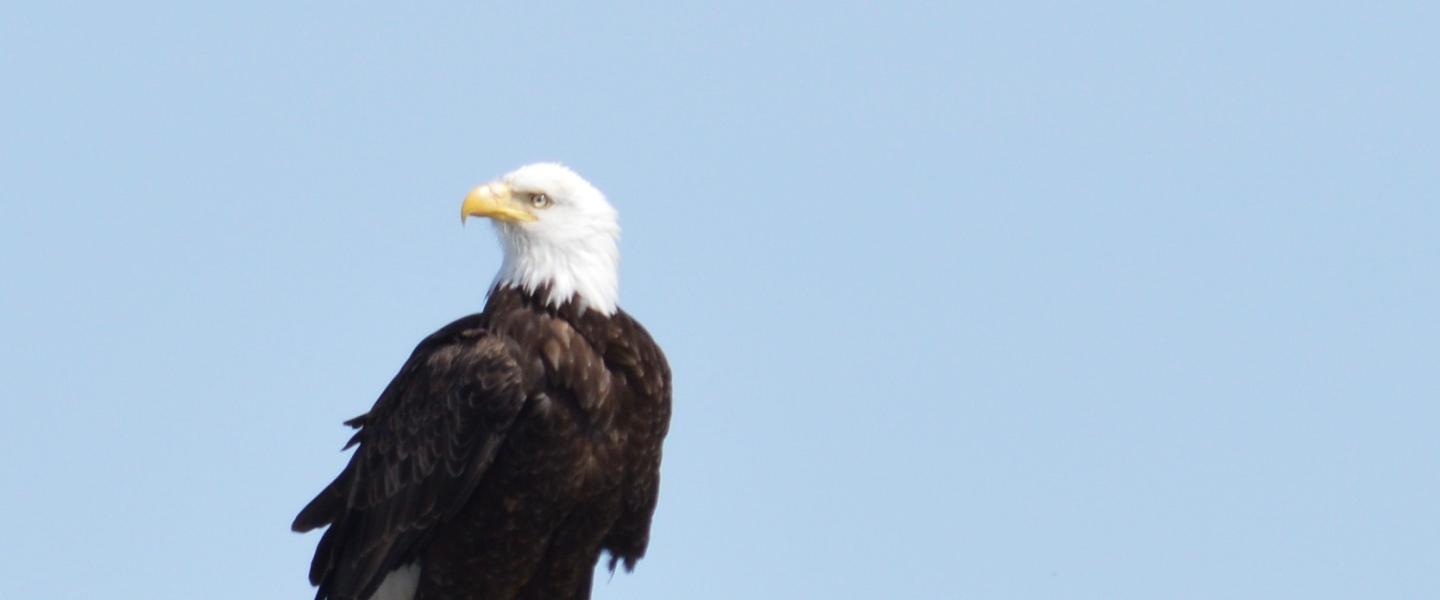
The crew of the M/V Sea Lion was momentarily intimidated by the drenching drizzle and low visibility in Friday Harbor today. But once introduced to our enthusiastic roster of guests, we couldn’t help but get pumped to point out wildlife and share our knowledge of the wondrous Salish Sea ecosystem.
Our first stop was Green Point on Spieden Island. Not one sea lion was hauled out here and I began to fear that we were losing our cast to the gravity of breeding grounds. Then noses and flippers, bug eyes and tan hides rose to the surface in the current lines and revealed the sea lions’ continued occupation of these productive fishing waters. We pressed on, wending our way through the Cactus Islands and north toward Boundary Pass.
The sea lions at East Point still had plenty of real estate to haul out upon despite the high tide. Two picturesque bald eagles maintained a comfortable perch a safe distance from the belching and bickering beasts. When the casual observer spots our national bird, it’s often against the backdrop of a wild landscape, with the massive predator gazing upon the land with piercing eyes, wearing a stern and fearless expression. But knowing the eagle’s true niche, Ben Franklin protested its designation as a representative of the United States, projecting upon it judgmental interpretations of its character as lazy, cowardly, and dishonest. It’s true that the bald eagle runs from miniscule song birds and makes the lion’s share of its living eating expired animals and stealing prey from others, but that doesn’t make it any less majestic in the eyes of a naturalist.
Just a few decades ago, bald eagles looked to be on the fast track to extinction. Scientists discovered that the pesticide DDT was making the shells of their eggs so fragile that they would break during incubation. After the Environmental Protection Agency banned use of the pesticide in 1973, bald eagles made a remarkable recovery, which resulted in its removal from the endangered species list 34 years later in 2007. The peregrine falcon, the world record holder for speed (200 mph!), was similarly affected by DDT, but recovered sufficiently by 1999 to be removed from the list. Captain Mike’s hawk eyes brought our attention to a peregrine that was hunkered down on a precarious bluff of Saturna Island. I suspect the feathered aviator was busy contributing to the population trend and concealed two to three of hopeful eggs against its warm breast.
Andrew Munson
Naturalist, M/V Sea Lion
San Juan Safaris